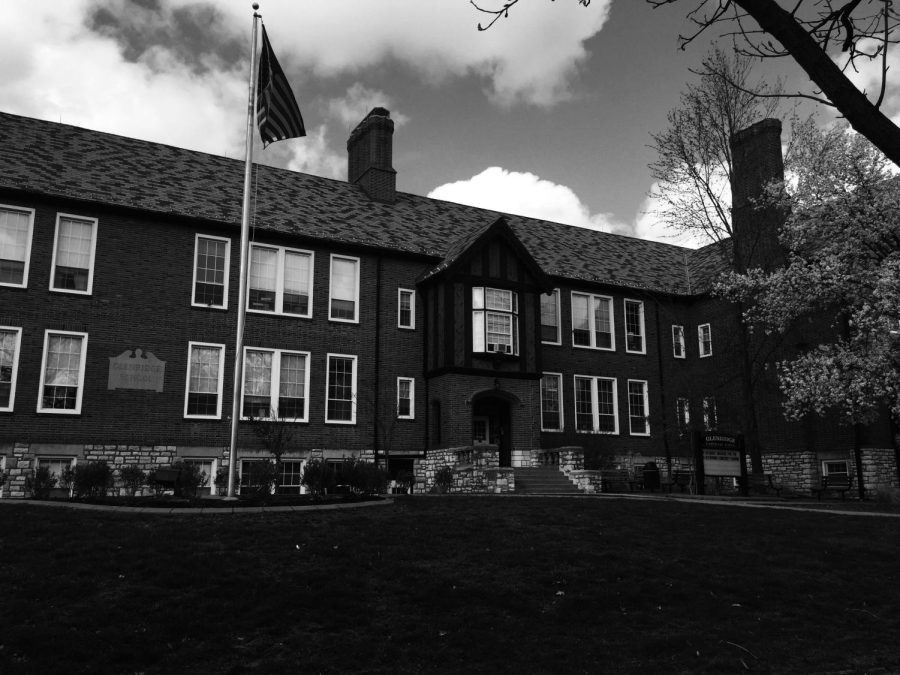Your donation will support the student journalists of Clayton High School. Our goal is to ensure every student and faculty member receives a print copy, and that we can continue to explore interactive storytelling mediums on this platform. Your donation also helps provide us with necessary equipment.
Clayton Responds
November 2, 2021
Bringing Clayton to attention on this issue was Sean Kim, graduate of CHS’s class of 2019. Kim explained in a letter to Superintendent Dr. Nisha Patel and other district personnel that he believes, “A Clayton-quality education is the greatest gift you could give to any child”.
He encouraged Clayton to take in Afghan students knowing that a Clayton education will provide them the opportunities needed to succeed.
Typically, the financial cost of education is high. However, Clayton has the support of families that can afford to donate. Figuring out the numbers, Kim clarified that Clayton spends about $247,000 per student from kindergarten through twelfth grade. “Even if we can get one kid through the door that would mean a lot to their family,” he said.
Since the beginning of the school year, several teachers at Clayton have been enrolled in a course at Washington University that teaches the history and evolution of immigration. Tabea Linhard, course instructor of Refugees in Literature and Film, spoke to the Globe about immigration policy and the lives of the people affected. “People have always migrated. People have always been displaced. People have always crossed borders. They have a right to do so and a right to [migrate] in such a way that they don’t have to risk their lives trying,” said Linhard.
[I want people to know] The danger of asking people to assimilate as a form of gratitude.
— Amy Hamilton, CHS English Teacher
For people who live in the district, it is crucial to be aware of the situation the refugees are coming from.
“[I want people to know] The danger of asking people to assimilate as a form of gratitude. This is really unfair because people coming as refugees are coming as whole human beings who are going through a huge amount of loss”, said Amy Hamilton, an English teacher at CHS taking Linhard’s course. “I think as an educator I hope we bring more world knowledge”, she added. “I want students to engage in the same critical thinking process I’m engaging in and humbling themselves to the learning.”
Hoelscher added, “It’s giving [Clayton students] a real world opportunity to practice cultural awareness, learn new languages, and welcome people in globalism. That’s just absolutely tremendous and I hope the district bends over backwards to not just accept, but to recruit, to actively get involved.”
So what can current students and families of the Clayton community do to make these newly arrived students feel more comfortable?
Firstly, it will be helpful for parents to let their children know that a new friend may be joining their class. No matter the age, it is important that these children learn to stay open minded and to welcome the student as one of their own, even if they come from a different background or speak a different language.
For older students, volunteering for organizations or helping families you may know navigate the school system are infinitely valuable. “Having a welcoming stance to them is important. Don’t see them as someone to pity; treat them like people,” said Kim. While answering this question, Linhard said: “Listen. Listen to newly arrived students and their families, listen to their experiences, maybe try to learn a few words of a language that they may be speaking. Let them tell their own stories that now are also part of the collective ‘Clayton Story.’”
For the immigrants, the goal is not assimilation but acculturation. It is imperative that the Clayton community does not force the students into adapting Clayton culture, but instead allow them to become a part of it.
In response to the crisis in Afghanistan, the International Institute began a process to place refugee children in various schools around the St. Louis area.
A few days after the first refugees arrived, Principal Beth Scott emailed Glenridge parents to inform them about the school’s plans to welcome three new Afghan students into second, fourth, and fifth grade classrooms.
While not much can be said about the specifics of the current circumstances to protect the students’ privacy, Superintendent Dr. Patel was able to give some insight into the situation. “Our families have the support they need to be successful in our district and we will continue to provide services as needed to make sure they thrive,” Patel said. With this in mind, the future for the refugee students at Clayton seems bright.
